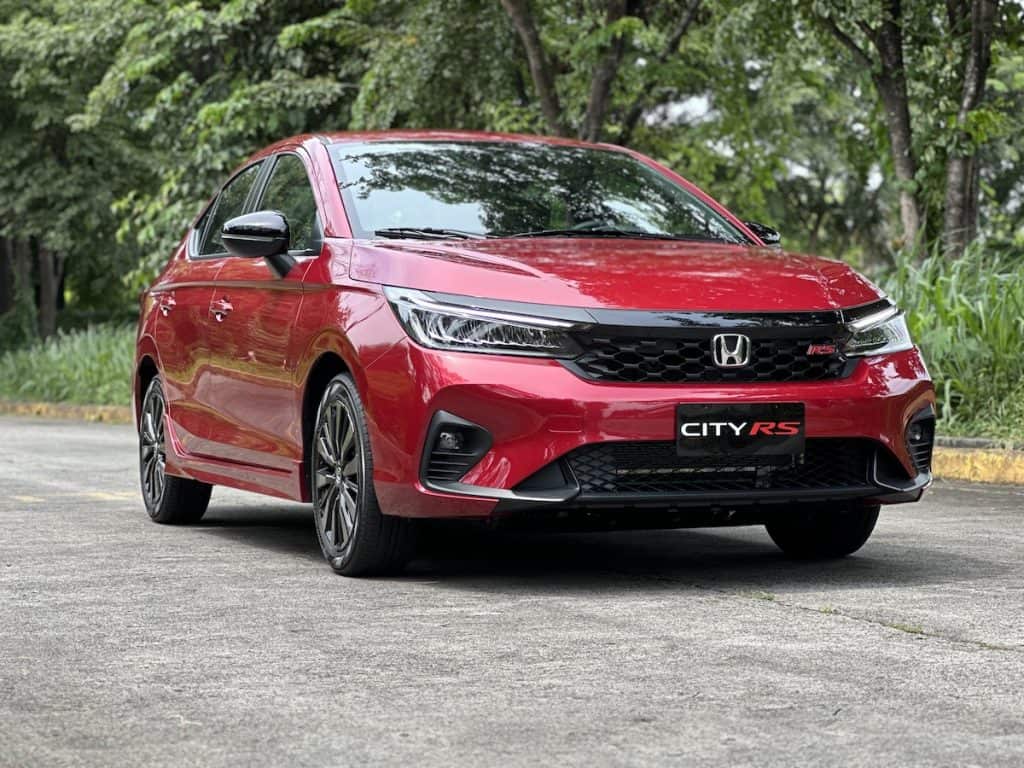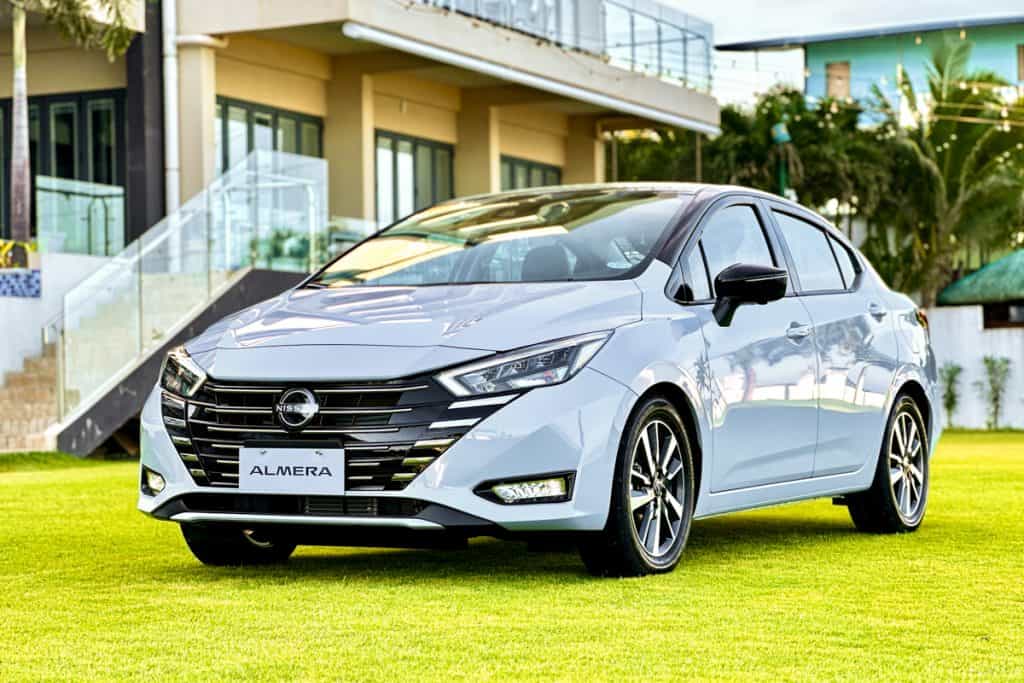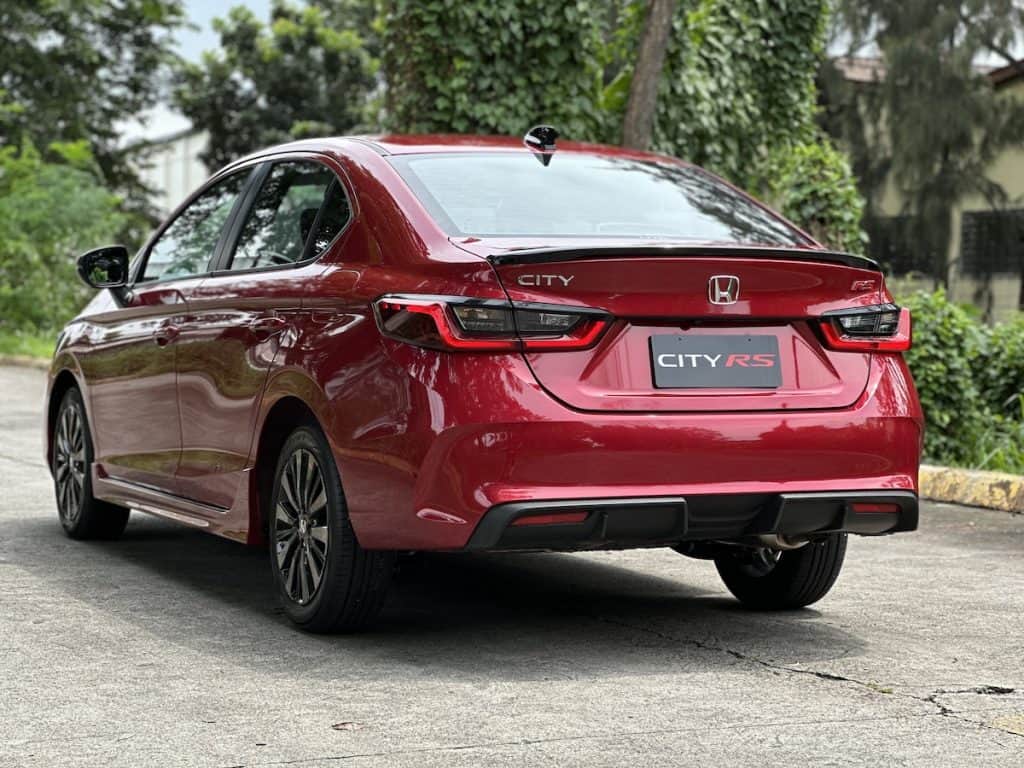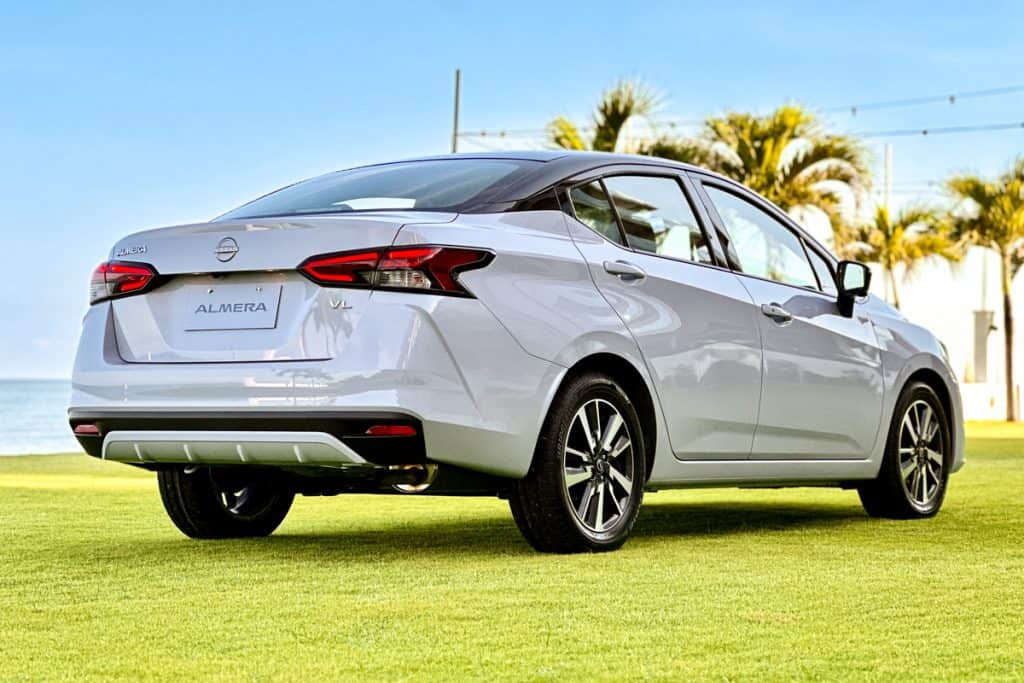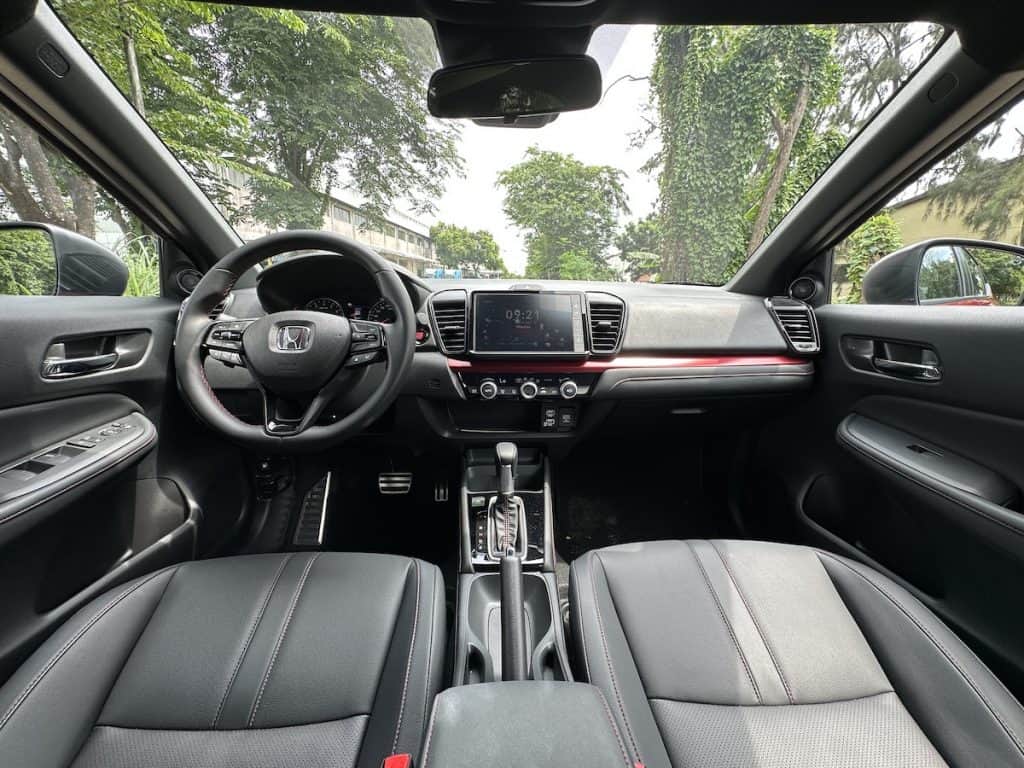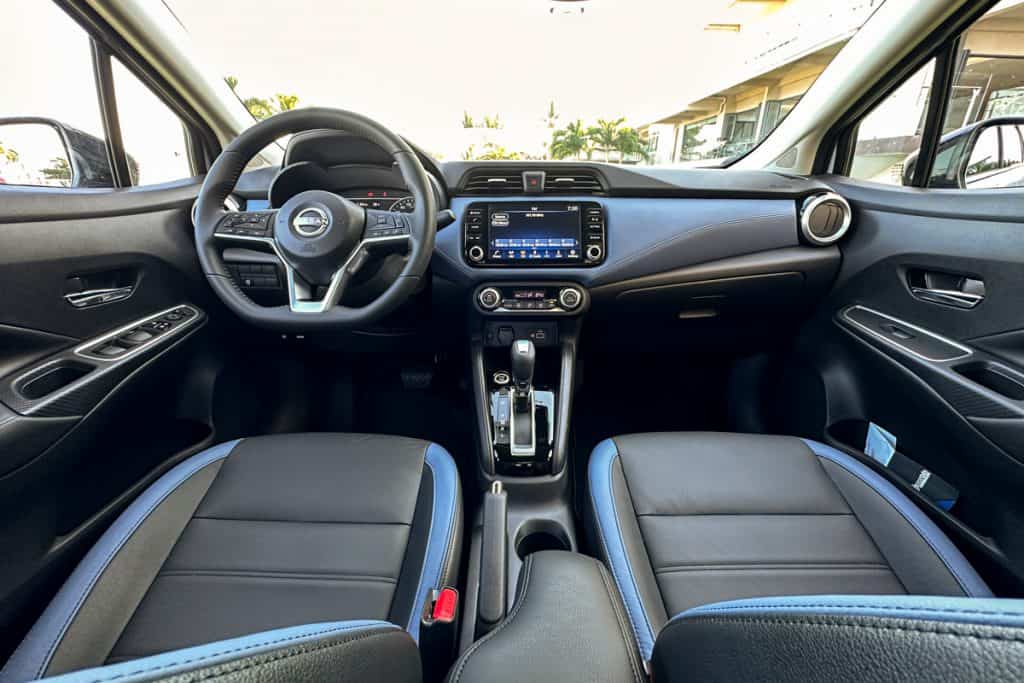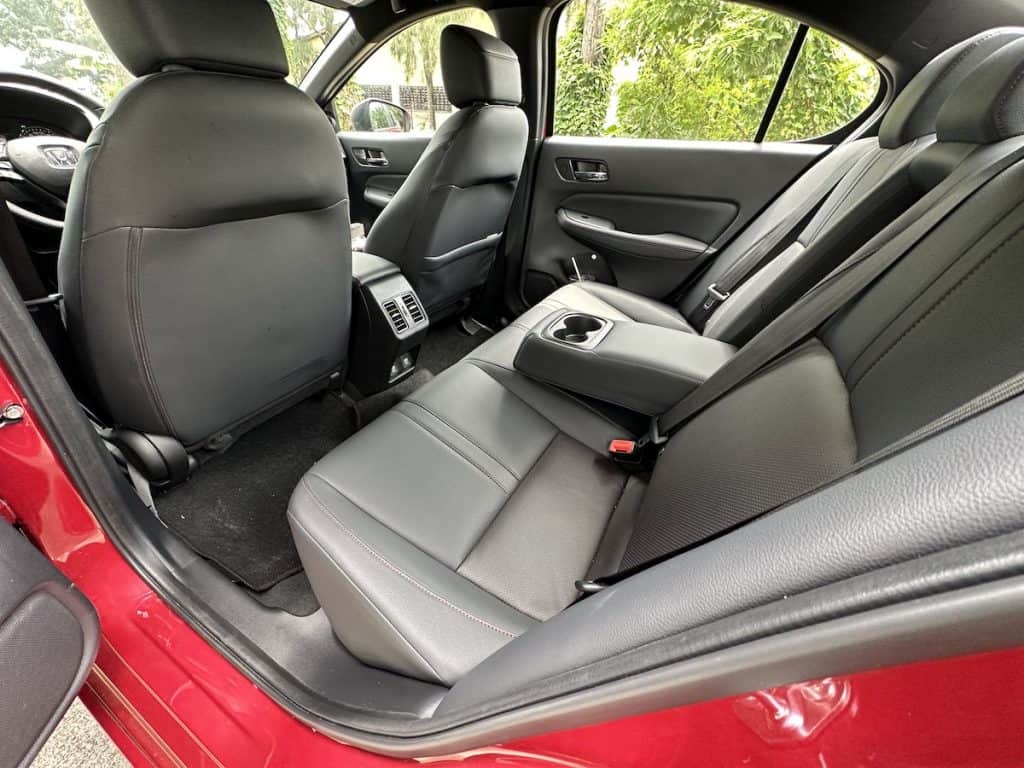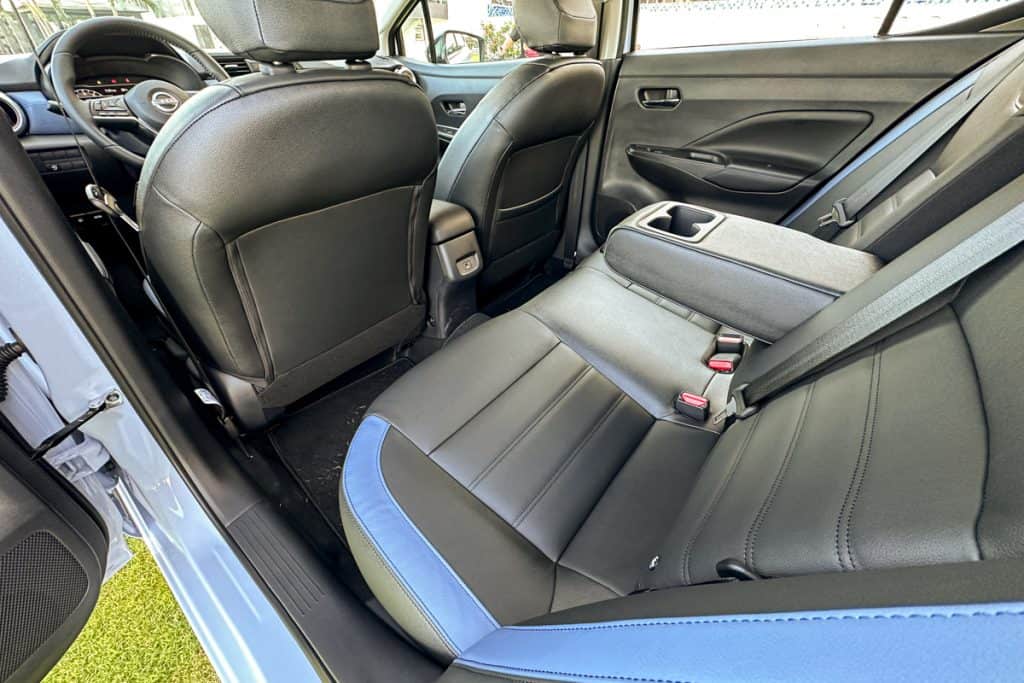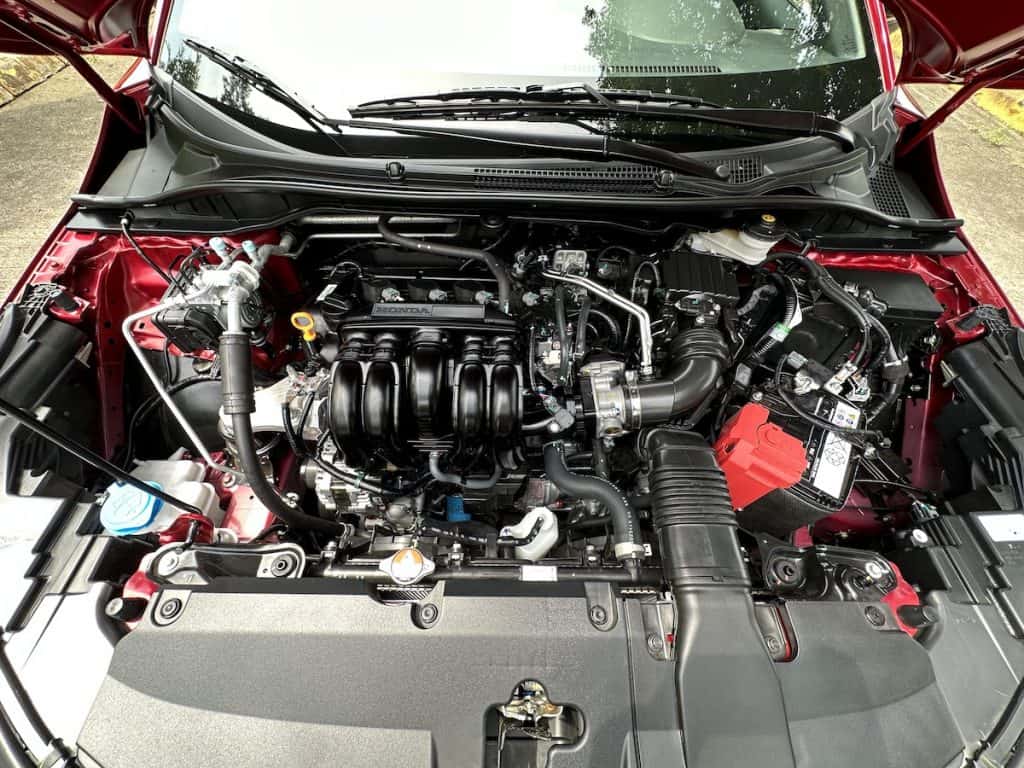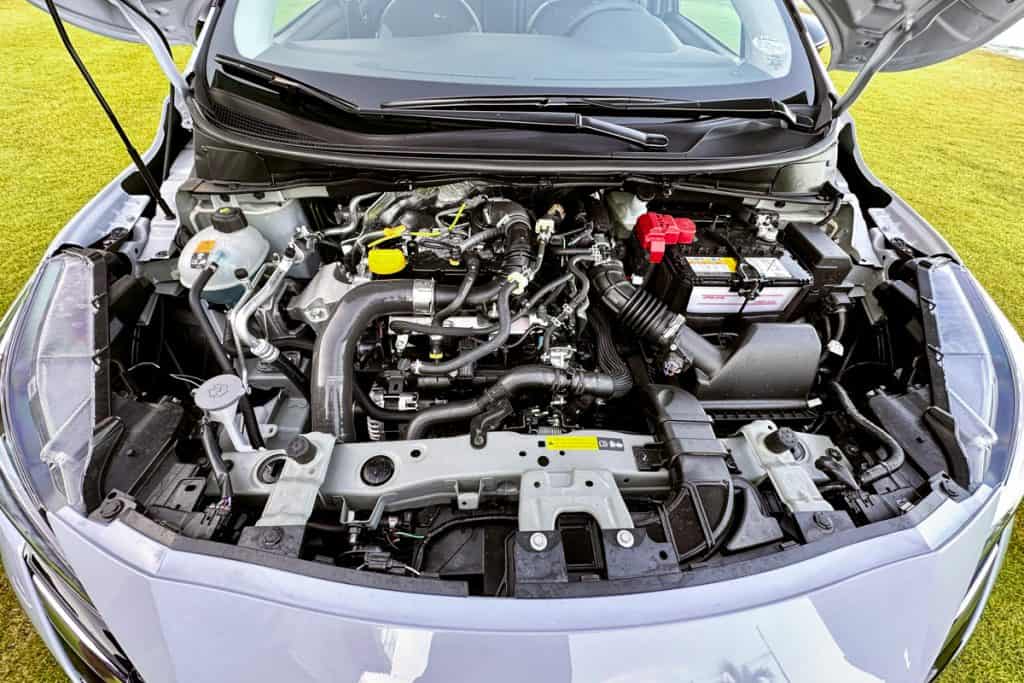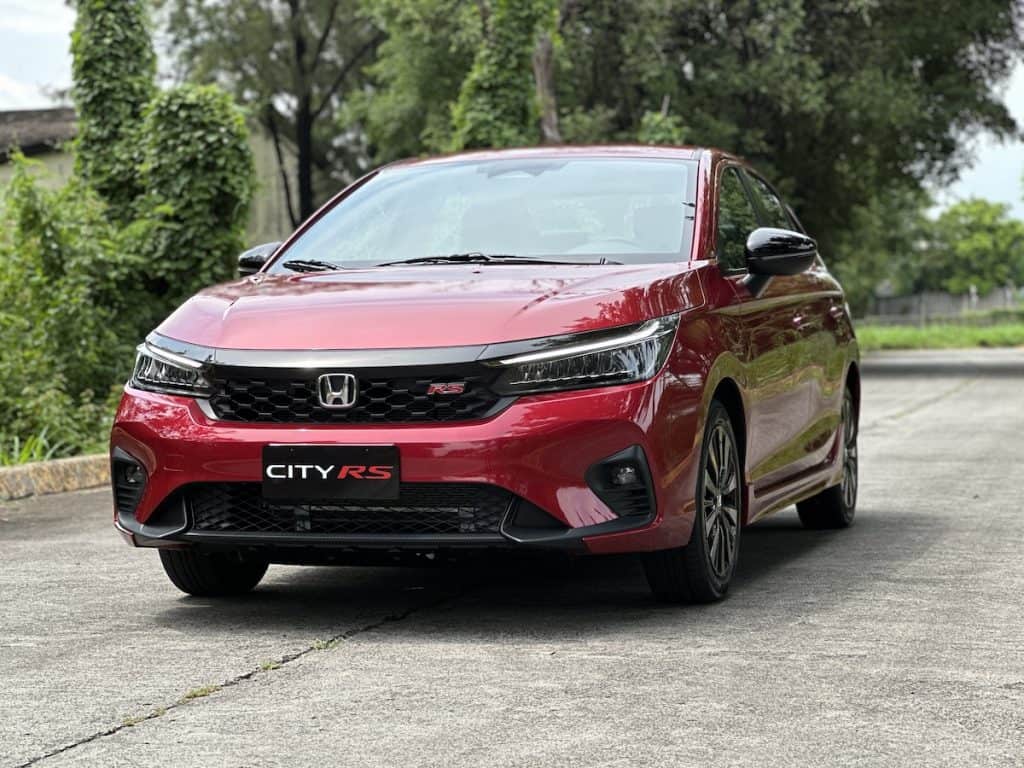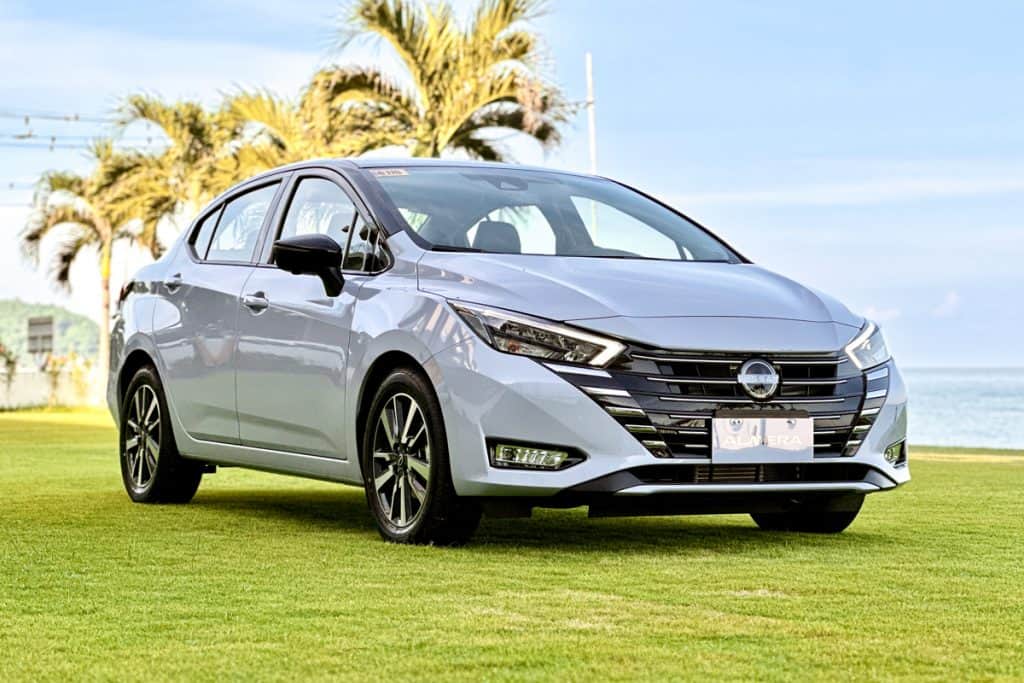The subcompact sedan segment has always been fiercely competitive, considering that the best-selling vehicle in the country is from this segment. As such, brands have been at each other’s throats to get a healthier share of the sales pie.
The Honda City and Nissan Almera are among the newest subcompact sedans in the market today, with both cars getting a facelifted version within the same week.
In this comparison review, we’ll closely examine the top-spec variants, the City RS and the Almera VL, to see how they stack up against each other in terms of dimensions, engine performance, exterior and interior features, and safety technologies.
Looks are subjective, but we can make this objective by comparing the exterior equipment these sedans offer. Both cars showcase modern design elements and advanced lighting technology. The Honda City RS comes with automatic LED headlights, LED daytime running lights (DRL), LED fog lights, and LED taillights, providing excellent visibility and a premium look.
The Nissan Almera VL, on the other hand, offers similar LED lighting for headlights, DRLs, fog lights, and taillights. Notably, the Almera VL boasts an advantage with auto-folding side mirrors, while the City RS offers power-folding mirrors.
In terms of wheels, the Honda City RS comes with 16-inch RS Design rims, which add a sporty touch to its appearance. Meanwhile, the Nissan Almera VL is equipped with 16-inch alloy wheels, which offer a sophisticated and stylish look.
Both the Honda City RS and the Nissan Almera VL are similarly sized, with only minor variations in their measurements. The Honda City RS boasts a slightly longer length of 4,589mm, while the Nissan Almera VL is slightly shorter at 4,530mm. The difference in width is negligible, with the Honda measuring 1,748mm and the Nissan at 1,740mm.
In terms of height, the Honda City RS stands at 1,467mm, while the Nissan Almera VL is marginally lower at 1,460mm. The wheelbase is slightly longer on the Almera VL, measuring 2,620mm, compared to the City RS’s 2,600mm.
Overall, both cars offer compact dimensions suitable for city driving and parking. But the Almera felt roomier, especially in the rear cabin, benefitting from its longer wheelbase.
The interior features of both cars aim to provide comfort, convenience, and a touch of luxury. Both models offer smart entry systems with push-start ignition buttons for ease of use. As for the upholstery, both the Honda City RS and the Nissan Almera VL come with leather seats, ensuring a premium feel inside the cabin.
The driver’s seat in both vehicles is manually adjustable in six ways, allowing the driver to find a comfortable driving position. The gauge cluster on the Honda City RS features an analog design with a 4.2-inch screen, while the Nissan Almera VL is equipped with an analog cluster with a larger 7-inch screen, offering more information at a glance.
Both cars come with leather-wrapped steering wheels equipped with buttons for audio, phone, vehicle info, and safety functions, allowing the driver to access essential features without taking their hands off the wheel. Additionally, they both feature an 8-inch touchscreen infotainment system with Apple CarPlay and Android Auto compatibility, enhancing connectivity and entertainment options.
In terms of audio, the Honda City RS is equipped with an 8-speaker sound system, while the Nissan Almera VL comes with a 6-speaker setup.
A notable advantage of the Honda City RS is the presence of paddle shifters, which can add a touch of sportiness and control to the driving experience. Additionally, the City RS features speed-sensing door locks and a walk-away auto lock feature.
The Nissan Almera VL, however, offers a wireless charger and remote engine start, providing added convenience to passengers and drivers. It also comes with the Nissan Connect Services, which allows remote vehicle functions through a smartphone app.
The engine specifications can significantly influence the driving experience and fuel efficiency. The Honda City RS is equipped with a 1.5L engine, producing 119 hp of power and 145 Nm of torque.
On the other hand, the Nissan Almera VL features a smaller 1.0L Turbo engine but offers a comparable 99 hp of power, though it generates a higher torque of 152 Nm. Both cars come with a Continuously Variable Transmission (CVT) that ensures smooth and efficient power delivery.
In terms of raw power, the Honda City RS has a slight advantage. However, real-world performance goes to the Almera as it employs higher torque early in the rev range, providing a better pull and more enjoyable drive.
Safety is of paramount importance in any vehicle, and both the Honda City RS and the Nissan Almera VL offer a comprehensive set of safety features.
Both cars come with six airbags, providing protection to occupants in the event of a collision. Additionally, both models are equipped with anti-lock braking systems (ABS) with electronic brakeforce distribution (EBD) to enhance braking performance.
The Honda City RS offers stability control with Agile Handling Assist, while the Nissan Almera VL features Vehicle Dynamic Control for improved stability during cornering and slippery conditions. Both models come with Hill Start Assist to prevent rollback when starting on an incline.
The safety features of the Honda City RS include Adaptive Cruise Control, Collision Mitigation Braking System, Lane Keeping Assist System, Road Departure Mitigation, Lane Departure Warning, and Auto High Beam.
On the other hand, the Nissan Almera VL offers Cruise Control, a Tire Pressure Monitoring System, Blind Spot Warning, Rear Cross Traffic Alert, Lane Departure Warning, High Beam Assist, and Forward Emergency Braking. Additionally, the Almera VL stands out with an Around View Monitor, providing a 360-degree view for improved parking and maneuvering.
Both the Honda City RS and the Nissan Almera VL offer competitive features, making them attractive choices in the subcompact sedan segment. The City RS shines with its slightly more powerful engine, a sportier wheel design, and additional safety features like Adaptive Cruise Control and Collision Mitigation Braking System.
On the other hand, the Almera VL impresses with a larger infotainment screen, a 360-degree camera system, and additional convenience features like a wireless charger, remote engine start, and the Nissan Connect Services, the first of its kind in the segment.
Ultimately, the choice between these two models will depend on individual preferences, budget, and the specific requirements of the driver. Prospective buyers should consider factors like performance, interior features, safety technologies, and exterior design to make an informed decision. Both cars provide excellent options for urban commuting and daily driving, ensuring a comfortable and enjoyable experience on the road.


